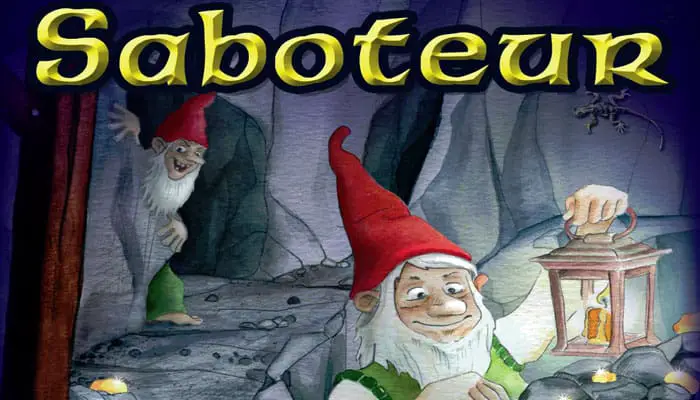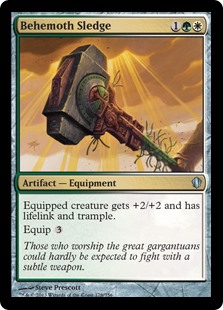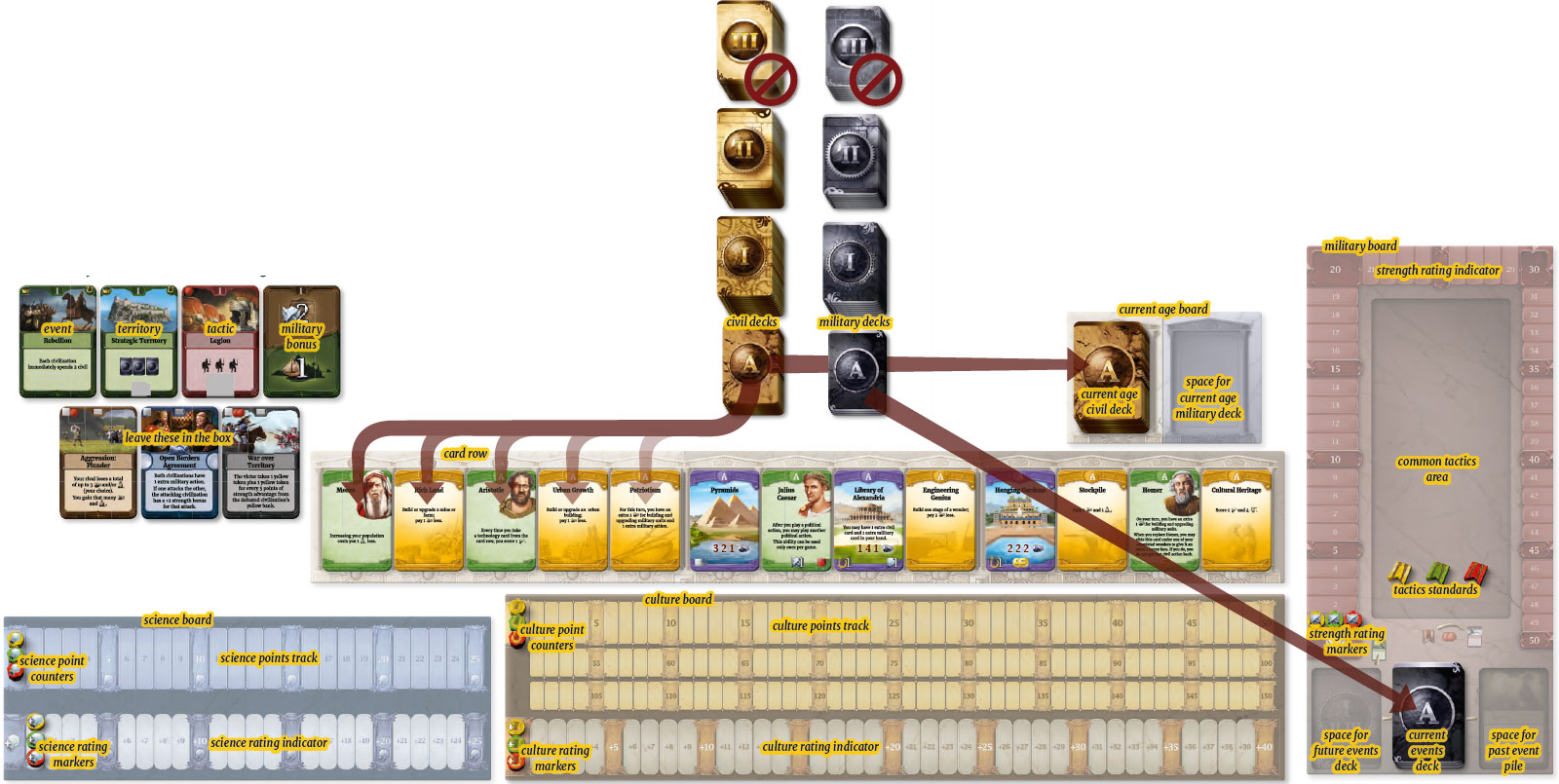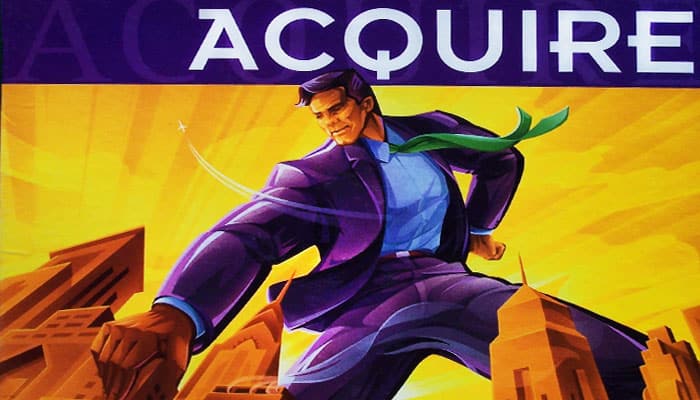
1812 Full Campaign Scenario Setup
This is the full version of the game.
Starting Units: Populate the map areas with the corresponding colored units that are printed on the map.
Additional Units: After the initial on-board units are placed, the British Regulars, Canadian Militia, and Native American players each place 4 additional units of their color on any British homeland area.
Next, the American Militia and American Regular players each place 6 additional units of their color on any American homeland area.
A player's units may be placed on one or more areas, including empty areas. …




 the ability MUST be used before or after a movement …
the ability MUST be used before or after a movement …























